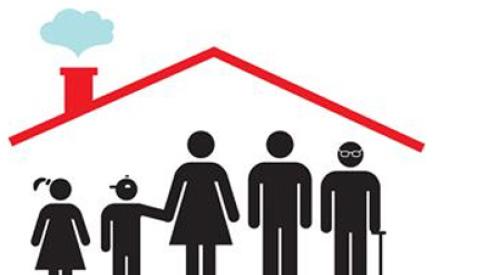Not since the 1880s has such a large share of young Americans been living with their parents. For over 130 years prior to 2014, the most common living arrangement for young adults was with a spouse or significant other. In the 1960s, for example, the share of 18- to 34-year-olds living with a spouse or significant other hit its highest point at 62 percent while only 20 percent lived at home with their parents, CityLab reports, based on data from a Pew Research Center study.
Fast-forward to 2014 and the share of the former has dropped to 31.6 percent while the share of those living with their parents has increased to 32.1 percent. This is a very visible sign of the economic hardships and shifts in marriage norms many young Americans are experiencing today.
For males between the ages of 18 and 34 in 2014, 28 percent were living as part of a romantic couple, while 35 percent were living at home with their parents. This stands in contrast to women in this same age group, who are still more likely to be living with a spouse or partner than at home. Although the gap is closing, 35 percent of women are living with a significant other while 29 percent are living with their parents.
In addition to sex, education level plays a significant role when it comes to who is still living at home between the ages of 18 and 34. Only 27 percent of non-college-educated individuals are cohabiting with a significant other and 36 percent are living at home. College educated individuals between 18 and 34 are still much more likely to be married or cohabiting, 46 percent, than they are to be living at home, 19 percent.
While economic factors are certainly playing a big role in the reason why so many more people are living at home deeper into adulthood, the Great Recession cannot be completely blamed. Many of the trends started long before the most recent recession. For example, median wages peaked for men around 1970 and have since been dropping, leading to a rise in the share of young adults living with their parents. Women, on the other hand, have experienced growing success in the labor market since the 1960s, and the recent trend of delaying marriage or even rejecting a romantic partnership in general may play a prominent part in what is currently being witnessed.
For the full analysis and for accompanying charts and graphs, click the link below.













